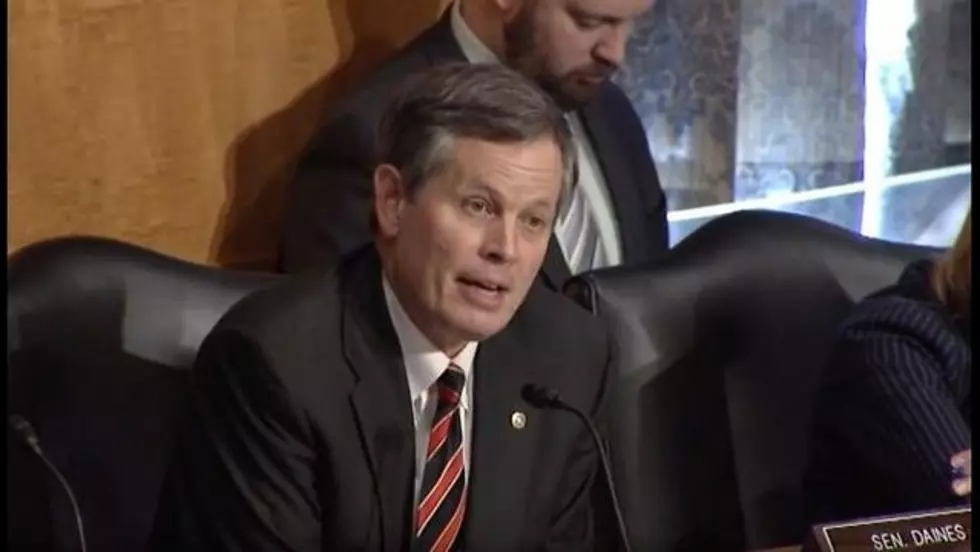
King Coal and Its Future
The following column is written by Talk Back guest Robert Seidenschwarz of the World Affairs Council.
In the weeks, months, and years to come, Montana will continue to be a major player in the production of coal to provide energy for Asia’s skyrocketing demand. The article that was written by Keila Azpaller in Sunday’s Missoulian provides a framework in understanding a very multifaceted issue. Nothing is simple in life and the extraction, transport and conversion of coal into electrical generation is far more complicated than most. Burgeoning global demand particularly from China will mean economic growth and revenue for the producers of this organic fuel. The voices of concern here and abroad, that provide evidence of the public health issues, increased CO2 emissions and continued dependence on traditional fossil fuels that slows the transition towards cleaner alternative energy, bring their views to the table. "Cleaner alternative energy," now that may be a bit of an oxymoron, and I will expand on that thought in a later column.
What is at stake is critical, as resources are being marshaled by competing visions of what our energy future is going to look like. Public opinion is a powerful current that raises the shrillness of dialogue, without the perspective necessary to understand the complexity of interests and needs that strive to be balanced.
“King Coal and its future.”
Like it or not, and for years to come coal will be an economic necessity. That reality does not eliminate continued technological progress in the reduction of emissions, or regulations that make the transport of coal through population centers a concern for all parties that live and work in its’ proximity.
It’s pretty easy to be down on the coal sector. Environmental and social concerns helped by proposed EPA regulations on coal generated electrical plants; bring in to question their future profitability and economic viability. Current decade-low natural gas prices for electric power generation have created additional capital and social pressure to convert to alternative sources, and away from coal. Slowing growth in China (I believe this is a short term scenario) and the abundance of new technologies that has green industries abuzz with their possible applications as an alternative to coal, brings decreasing domestic production into question.
So, is coal’s future bleak?
I don’t doubt that given enough time (decades) we will see a decline in its usage for a variety of reasons. Coal is the energy resource that is responsible for 45% of all energy generation in the U.S. and 41% worldwide. You may refer to coal companies as evil, but these companies make a product that is a necessary evil to power our everyday lives.
The transition away from traditional energy sources will require massive capital costs and infrastructure build out. This infrastructure isn’t here yet for most alternative energy technologies, and may come with many of the same objections that confront the expansion of traditional sources of energy. Coal isn’t a perfect solution to the energy sector’s problems, but it is a long term answer to meeting energy demands. This isn’t to say that new technologies won’t be made and implemented, because they will, but the magnitude of these platforms will be small and their roll-out agonizingly slow. Let the dialogue begin--
My best,
Robert Seidenschwarz
More From Newstalk KGVO 1290 AM & 98.3 FM









